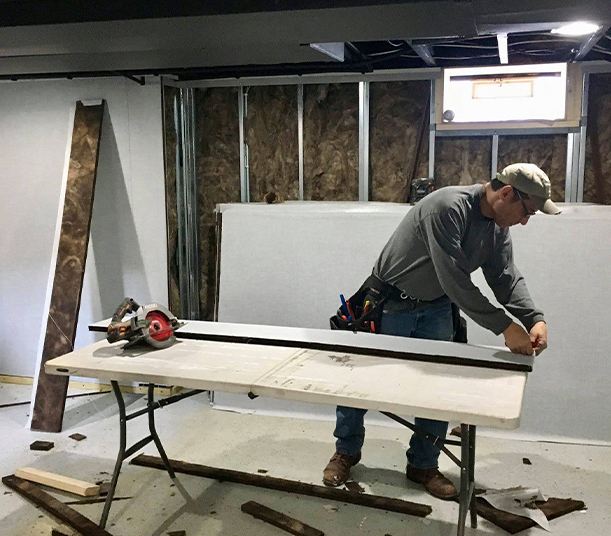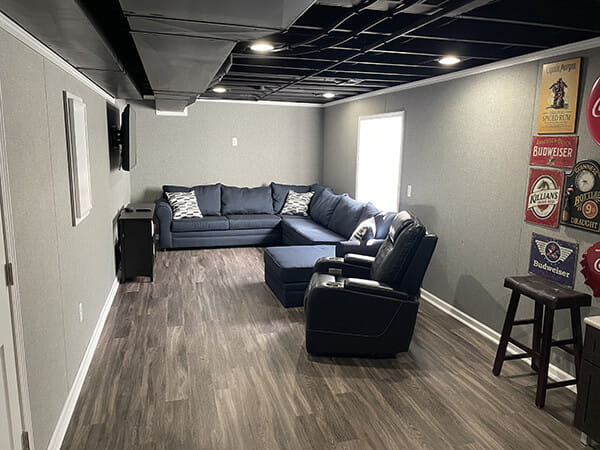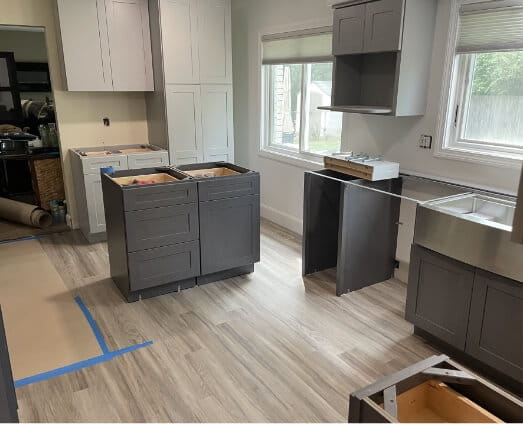Unique Basement Finishing Systems in Westland, MI
At Impressive Basements, we specialize in a unique basement finishing system designed to prevent mold, mildew, and moisture problems. Our acoustic wall panels are made of galvanized steel framing, unfaced fiberglass insulation, and compacted fiberglass wrapped in fabric. This means that there isn't any organic material, making every panel mold and mildew resistant.
These acoustic panels also reduce noise in a room by 85%, making them more than ideal for in-home offices and basement home theaters. Our exceptional finishing system also comes in a variety of colors to match the rest of your decor. With this high level of safety, durability, and versatility, our acoustic ceiling panels and wall options will surely keep your family comfortable and happy for years to come.




